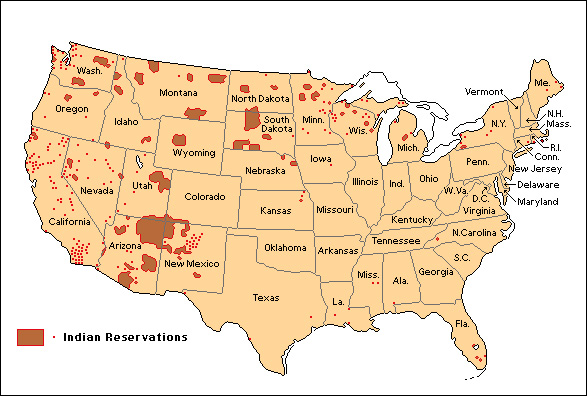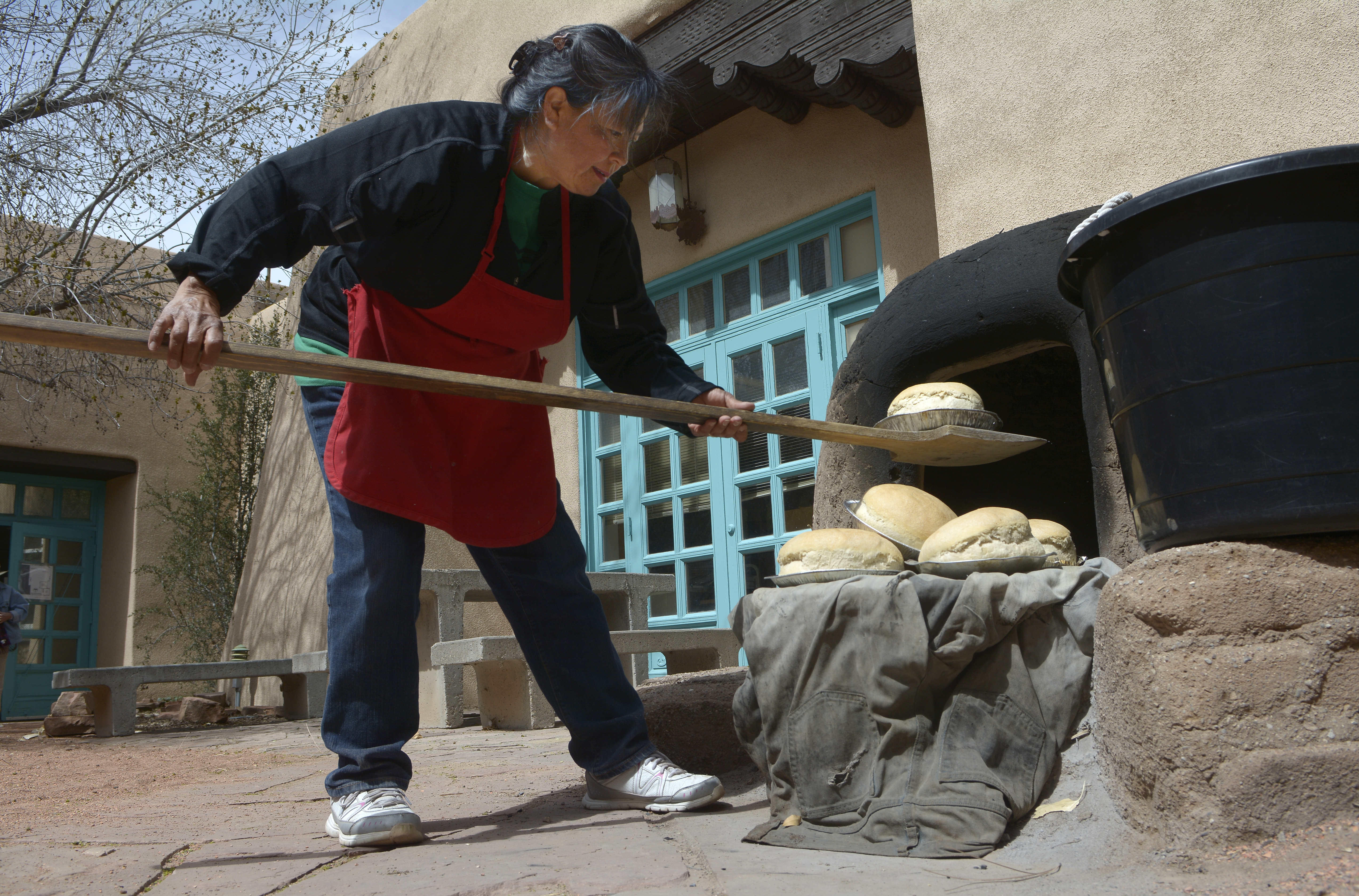Indian reservation, in the United States, is an area of land set aside and reserved for Indigenous (native) Americans as a permanent tribal homeland. The nation’s approximately 285 federal and state Indian reservations cover over 58 million acres (20 million hectares) in about 30 states. At the time of the 2020 U.S. Census, about 3,700,000 people of primarily Indigenous heritage lived in the United States. Almost one-third of them lived on reservations. Canada has more than 2,200 areas, called reserves, set aside for Indigenous peoples known as First Nations.

Through the years, Indigenous people, who have also been known as American Indians or Native Americans, have given up millions of acres of land to the United States. In exchange, the United States federal government has created Indian reservations through treaties and other laws. Reservations are owned by Indigenous groups and are held in trust for them by the federal or state governments. Indigenous people have the right to fish, to hunt, and to gather wild plants on their lands. Because of the trust relationship, the federal government is obligated to provide health, education, and social services to people on reservations. The Bureau of Indian Affairs (BIA), an agency of the Department of the Interior, manages many of the federal programs on reservations. The Indian Health Service and certain other agencies also administer a variety of federal programs for Indigenous people.
Description.
Most Indian reservations are in rural areas. Reservations differ greatly in size and population. Some reservations cover less than 1 acre (0.4 hectare), and some have fewer than 10 residents. The Navajo Reservation, the largest U.S. reservation, is about the size of West Virginia. It covers about 14 million acres (6 million hectares) in Arizona, New Mexico, and Utah. This reservation also has a larger population than any other U.S. reservation.
Reservations have various kinds of tribal governments. Most tribes have a constitution. The leader of a tribal government can be a chief, chairperson, governor, or president. In most cases, this official is elected by the members of the tribe. The tribal council is the most common form of reservation legislature. Tribal councils are elected by voters who are tribe members. Tribal legal systems generally consist of legislatures and tribal courts.
Agriculture is the main industry on Indian reservations. Manufacturing provides a small source of employment and income. Some tribes lease mineral rights, tax mineral production, operate businesses, and offer tourist attractions on their reservations. The operation of gambling casinos became an important industry on reservations in the 1990’s and early 2000’s.
Employment on reservations is provided largely by tribal governments, federal agencies, and the various industries. But most reservations still lack well-developed economies. Indigenous people who live on reservations have among the highest unemployment rates and lowest average incomes of any group in the United States.
Living conditions vary from reservation to reservation depending on location, resources, and level of economic development. Most reservation lands have modern homes, but inadequate housing is a widespread problem. Residents of reservations also have the least education and the poorest health among all U.S. groups.

History.
In 1638, Puritan settlers at the New Haven Colony set aside land for the Quinnipiac people to use for planting. In 1758, the legislature of the New Jersey Colony became the first government body to establish an Indian reservation in what is now the United States. The legislature set aside land for the Delaware people at what is now Indian Mills, southeast of Camden. During the early and mid-1800’s, most Indigenous people in the United States were moved to reservations in the West.
The Bureau of Indian Affairs was established in 1824. Its activities included the lease or sale of forest, mineral, and other natural resources on Indian reservations to non-Indigenous people. The bureau used the income from these activities to help provide welfare and other federal services to the people on reservations. The tribes had little voice in the policies of the bureau.
The bureau maintained strong control over federal reservation programs during the first half of the 1900’s. During the 1960’s, many tribal leaders and younger Indigenous people began a movement to give control of these programs to the Indigenous communities themselves. President Richard M. Nixon sent a special message to Congress in 1970 calling for a new era of self-determination for Indigenous people. Since then, the government has given the tribes increased authority over the natural resources on reservations, as well as over housing, hospitals, schools, public works, and other facilities.
